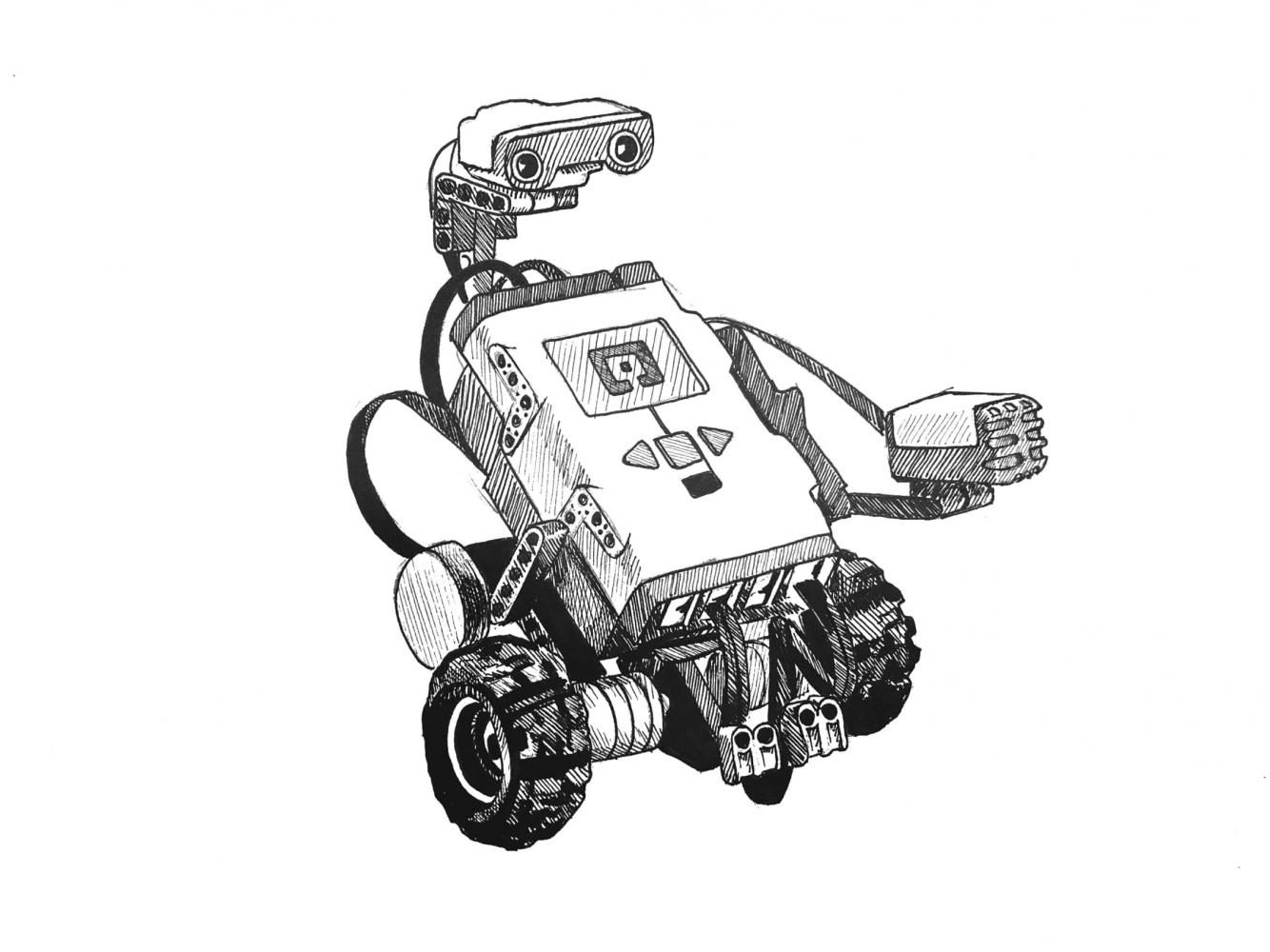Write Like a Girl, Issue 1
Robotics Team Needs to Do More to Include Girls
Photo credit: Kait Stansbury
At Parker, I have mostly felt free to join whatever clubs I desire, with the exception of one. When I attempted to become a member of the lego robotics team in eighth grade, my gender felt like a restriction to my contributions, as if it were holding me back from true participation.
Throughout my middle school years I had grown increasingly interested in learning to code, so in my eighth grade year, lego robotics seemed like a great place to acquire that skill. It was a bit outside of my comfort zone, but I was determined to code, and I knew some of the boys in the club, so I took the plunge.
My participation felt like a waste of time, though, as I sat on the sidelines, seeing other members of the club work on the robots while I did nothing. I loitered around the classroom, feeling like an observer as my teammates tinkered with tools and pieced together parts.
I attempted to quit the club halfway through the year, upset with the lack of education I was receiving compared to the other members. STEM and Coding Teacher Adam Colestock, the faculty advisor of the club, convinced me to remain at least until the tournament, and finally assigned me a concrete role on the team. Despite my incessant requests to learn how to code, I was appointed as “design coordinator,” a job that lacked robotics completely.
It is difficult for me to refrain from connecting my assignment as “design coordinator” to my gender. As the only girl on the team, I was given the only position that was without an element of robotic engineering. Instead, I was asked to think of a solution to a real world problem that had nothing to do with the lego robotics that the team was supposed to be about. I felt cast aside, as if my team saw my contributions as meaningless and distracting.
While it is true that I lacked experience compared to some of the other members of my team, this fact should not have completely removed me from the robotics portion of lego robotics. The coding that was done was relatively rudimentary, and I learned it easily in my science class that year. Even if the skills I desired had been difficult to master, every member, regardless of skill level, should have been able to contribute to the robot in some way.
I write of my experience not to accuse the Lego Robotics team leaders of deliberate sexism, but rather to highlight one of the ways in which I have seen my education hindered by my gender. Since my eighth grade year, I have seen the robotics teams continue to be dominated by boys with little to no attempt to get more girls involved in the already existing teams. There has been no concerted effort to entice girls to join the teams, with the leaders instead relying on girls to just decide to join.
Our robotics programs cannot afford to ignore the realities of the gender imbalance in the computer sciences as we strive for gender equality–there needs to be a direct effort to assist girls in engaging in the computer sciences. Parker has begun to address the issue by making an all-girl robotics team, ROV Underwater Robotics, but the existing teams should not be exempt from improvement.
Girls should be provided female mentors, taught practical skills that they desire, and shown that the robotics teams will be a welcoming environment for them. We should not require an absence of boys to give girls an opportunity to learn. The all-gender teams need to go out of their way to open their doors to girls, rather than expecting us to bend over backwards in order to find our own entrances.













